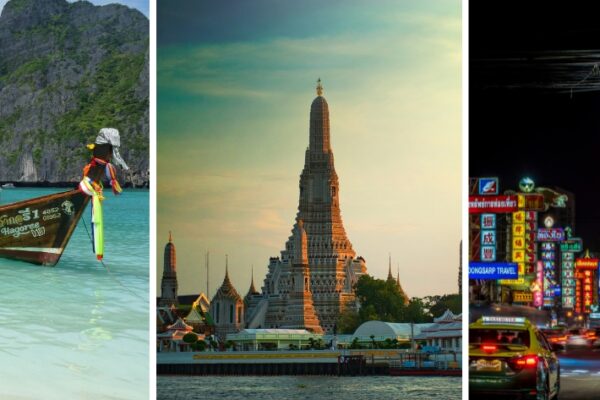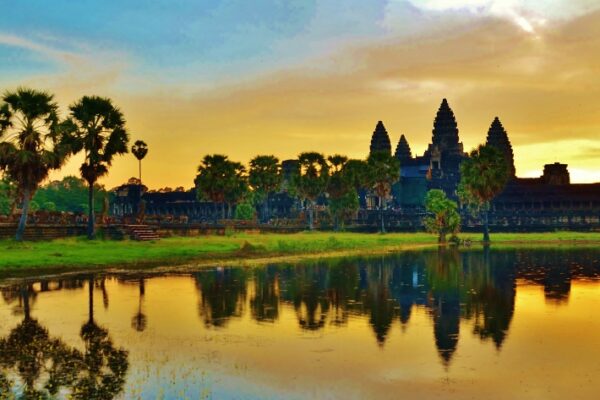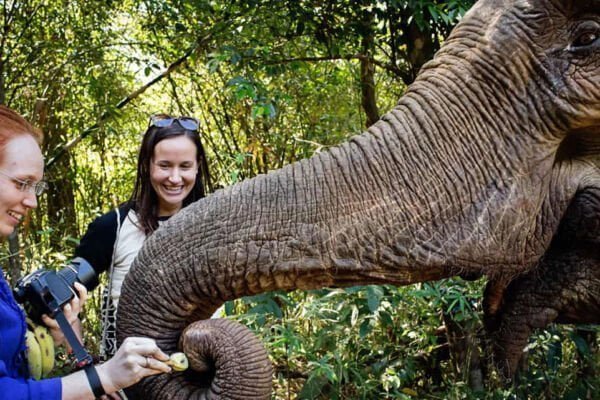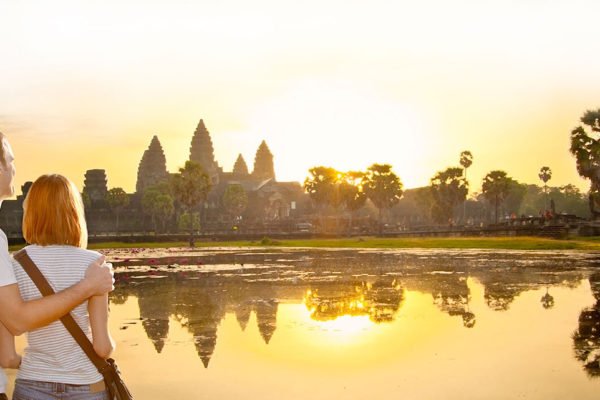An Easy Guide On Planning Your Angkor Wat Tour

Visiting the world-famous Angkor Wat is an experience like no other. Once at the center of the mighty Khmer Empire, this marvelous complex is located in the heart of Siem Reap and has stood the test of time. It offers awe-inspiring temples, intricate stone carvings, and a rich cultural heritage that will leave you spellbound. And planning your Angkor Wat tour is an exciting endeavor that promises to etch itself into your memories forever.
This guide will help you navigate the wonders of Angkor Wat and reveal the secrets to crafting a tour that captures the magic of this UNESCO World Heritage Site.
Things to Consider When Planning Your Angkor Wat Tour
When planning your Angkor Wat tour, some crucial factors to consider that will shape your experience and ensure you make the most of this awe-inspiring UNESCO World Heritage Site.
When is the best season to see Angkor Wat?
Timing your visit to Angkor Wat is crucial, as the weather conditions can significantly impact your overall experience.
The dry season, spanning from November to April, is widely considered the ideal time to explore the temple complex. During these months, the weather is relatively cool and dry, providing a comfortable environment for wandering amidst the ancient ruins without the oppressive heat or heavy rain.
However, it’s important to note that the peak tourist season falls between December and February when travelers flock to Angkor Wat in droves. While the weather is pleasant during this period, you can expect larger crowds, longer queues, and higher accommodation prices.
If you prefer a more serene and intimate experience, consider visiting during the shoulder seasons of November or March-April when the crowds are thinner and the temperatures are still relatively mild.
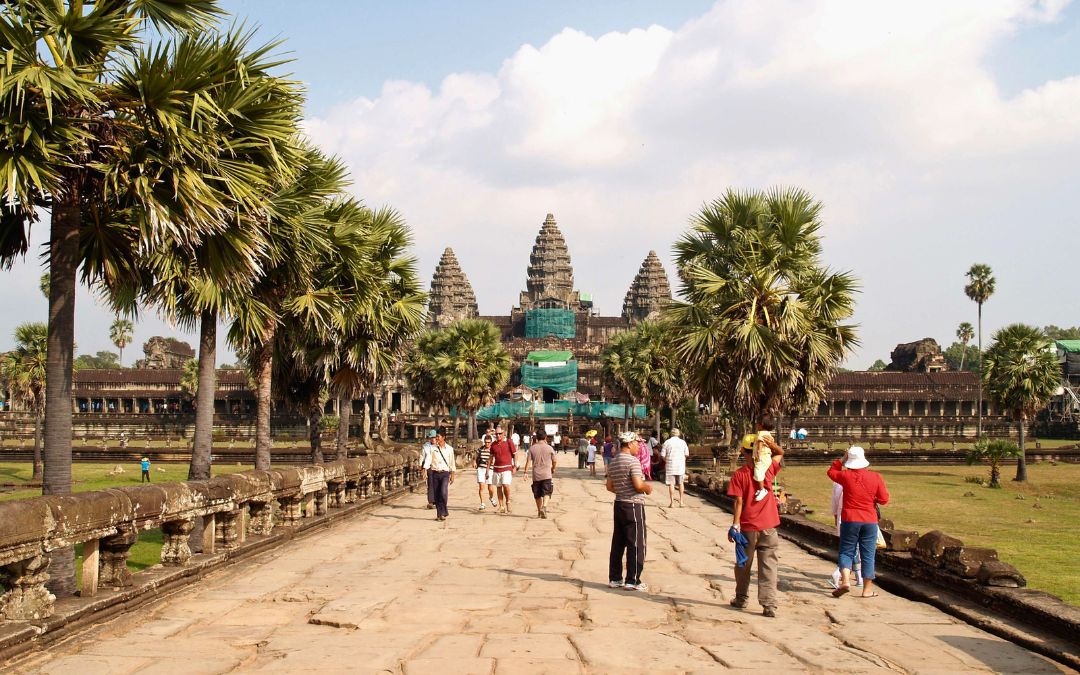
Choose the best time to discover Angkor Wat
>> Read More: Best Time To Visit Cambodia
How long should your visit be?
Determining the duration of your Angkor Wat tour is essential for crafting the perfect itinerary that allows you to immerse yourself fully in the complex’s grandeur.
While a one-day visit can provide a glimpse into Angkor Wat’s majesty, many travelers recommend dedicating at least two or three days to appreciate the temples’ scale and intricacy truly.
With a multi-day visit, you’ll have the opportunity to explore not only the iconic Angkor Wat but also the lesser-known yet equally fascinating temples scattered throughout the archaeological park. From the enigmatic Bayon with its intricately carved stone faces to the jungle-clad Ta Prohm, where ancient tree roots have intertwined with the crumbling ruins, each temple holds its own unique charm and story.
Angkor Wat Ticket Information
Tickets for Angkor Wat are purchased as passes that grant access to the entire Angkor Archaeological Park, not just Angkor Wat itself. Here’s a breakdown of the ticket prices:
- 1-day pass: 37 USD
- 3-day pass (valid for 3 entries within a 10-day period): 62 USD
- 7-day pass (valid for 7 entries within a 30-day period): 72 USD
Always purchase your tickets from the official Angkor Enterprise website or designated ticket counters to ensure their validity and support the preservation efforts of this UNESCO World Heritage Site. Check the official Angkor Enterprise website for any updates or changes to ticket prices and regulations before your trip.
We would recommend buying tickets in advance to save time and avoid hassle upon arrival. This can be done online or through a reputable tour operator.
>> Read More: How To Plan An Amazing Cambodia Family Holiday
10 Must-see Temples Within An Angkor Wat Tour
Angkor is a vast temple complex that encompasses numerous awe-inspiring structures, each with its own unique architectural marvel and historical significance. While it’s impossible to explore every nook and cranny during a single visit, there are several important temples that should be on every traveler’s itinerary.
Angkor Wat
The crown jewel of the Khmer Empire and the largest religious monument in the world, Angkor Wat is an architectural masterpiece that never fails to leave visitors awestruck. Its intricate bas-reliefs, towering spires, and grand scale are a testament to the skill and dedication of its builders.
Ta Prohm
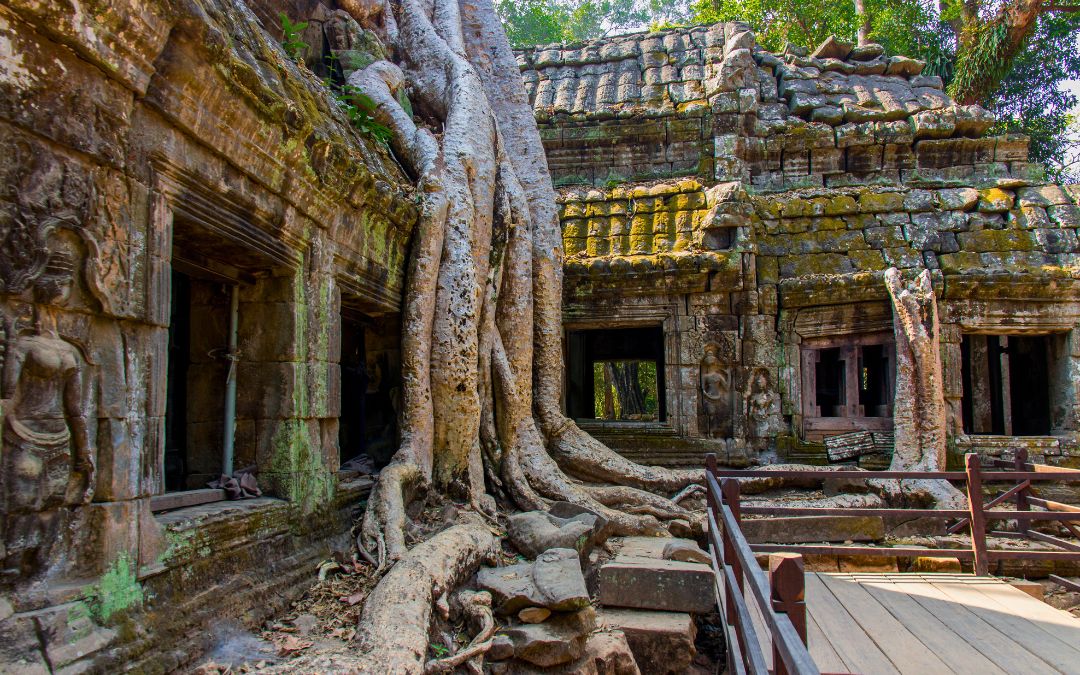
Root covering the ruin of Ta Prohm temple
Immortalized in the Tomb Raider films, Ta Prohm is a haunting and beautiful example of the way nature has reclaimed the ancient Khmer temples. Massive tree roots twist and intertwine with the crumbling stone structures, creating a hauntingly beautiful scene that epitomizes the passage of time.
Bayon
Nestled within the ancient city of Angkor Thom, Bayon is renowned for its enigmatic stone faces carved into the temple’s towers. With their serene yet enigmatic expressions, these faces are a mesmerizing sight that has captivated visitors for centuries.
Banteay Srei
Often referred to as the “Jewel of Khmer Art,” Banteay Srei is a visually stunning temple adorned with intricate and delicate carvings that are among the finest examples of Khmer artistry.
Preah Khan

Preah Khan, a part of the Khmer Angkor complex
Once a vast monastery and university, Preah Khan is an imposing temple complex that showcases the grandeur and sophistication of the Khmer Empire. Its crumbling walls and overgrown jungle surroundings create an atmosphere of mystery and wonder.
Baphuon
Rising majestically above the surrounding temples, Baphuon is a remarkable pyramid-like structure that offers panoramic views of the Angkor Archaeological Park from its elevated terraces.
East Mebon
A unique temple built on an island in the middle of the now-dry Eastern Baray, East Mebon is a testament to the advanced hydraulic engineering of the Khmer Empire.
Neak Pean
Nestled amidst a serene and tranquil pond, Neak Pean is a small but exquisite temple that served as a Buddhist hospital and is believed to have healing properties.
Terrace of the Elephants
This impressive terrace, adorned with intricate carvings of elephants and other mythical creatures, served as a viewing platform for public ceremonies and events during the Khmer Empire.
Terrace of the Leper King
Named after the sculpture of a king with leprosy, this terrace is known for its stunning bas-reliefs depicting scenes from Hindu mythology and daily life during the Khmer era.

Terrace of the Elephants and the Leper King
>> See Tour: Cambodia’s Ancient Temples & Pristine Beach
Angkor Wat Tour Itineraries
Crafting the perfect Angkor Wat tour itinerary is essential to make the most of your time and ensure you see all the most captivating temples and landmarks. If you need a suggestion to make the first step, check out our suggested Abgkor Wat tour itineraries below.
1-Day Itinerary
For those with limited time, a one-day Angkor Wat tour can provide a whirlwind introduction to the highlights of this ancient complex.
Start your day early, as the temples are less crowded in the morning, and the soft morning light creates a magical atmosphere.
Begin at the iconic Angkor Wat, the crown jewel of the Khmer Empire. Spend a few hours exploring its grandeur, marveling at the intricate bas-reliefs and towering spires.
Head to Angkor Thom, the ancient capital city, and visit the enigmatic Bayon temple, renowned for its stone faces carved into the towers.
Stop by the Terrace of the Elephants and the Terrace of the Leper King, both adorned with stunning bas-reliefs depicting scenes from Khmer history and mythology.
End your day at Ta Prohm, the hauntingly beautiful temple where massive tree roots intertwine with the crumbling stone structures, creating a mystical atmosphere.

Get ready to explore Angkor in one day
3-Day Itinerary
With three days, you can delve deeper into the Angkor Archaeological Park and experience its lesser-known gems.
Day 1:
- Start your day at the majestic Angkor Wat and spend several hours exploring its grandeur.
- After lunch, visit Angkor Thom and explore the Bayon, Terrace of the Elephants, and Terrace of the Leper King.
- End your day at the picturesque Ta Prohm temple.
Day 2:
- Begin your day at the intricately carved Banteay Srei temple, often referred to as the “Jewel of Khmer Art.”
- Continue to the imposing Preah Khan temple complex, once a vast monastery and university.
- In the afternoon, visit the unique East Mebon temple, built on an island in the middle of the now-dry Eastern Baray.
Day 3:
- Start your final day at the serene Neak Pean temple, nestled amidst a tranquil pond and believed to have healing properties.
- Explore the impressive Baphuon temple, a remarkable pyramid-like structure offering panoramic views of the Angkor Archaeological Park.
- End your Angkor Wat tour with a visit to the lesser-known but captivating temples, such as Bakong, Lolei, or Preah Ko.
Remember, these itineraries are merely suggestions, and you can tailor them to your interests and pace. It’s also advisable to hire a knowledgeable local guide. A guide can provide insights into the history and significance of each temple, enriching your experience even further.

You can tailor your trip with your family
On the other hand, booking with a reliable travel agency like Asia Pioneer Travel is an excellent choice, especially if you’re traveling with a big group. We will handle everything, from reserving accommodations, booking tickets, and assigning a knowledgeable local guide. All you need to focus on is to enjoy the entire trip.
>> Read More: How To Make The Most Out Of One Week In Cambodia?
Tips for Your Angkor Wat Tour
You can check out the expert’s tips below for an unforgettable and hassle-free experience during your Angkor Wat tour.
- Start early: The temples tend to be less crowded in the early morning hours, and the soft, golden light creates a magical atmosphere for photography. Aim to arrive at the temples around 6 AM or earlier to beat the crowds and the midday heat.
- Dress respectfully: Remember, Angkor Wat is a sacred site, so dress modestly. Wear lightweight, breathable clothing that covers your shoulders and knees. Avoid sleeveless tops and shorts or skirts that fall above the knee.
- Stay hydrated: The Cambodian heat and humidity can be intense, so staying hydrated throughout your tour is crucial. Carry a refillable water bottle and drink plenty of fluids to avoid dehydration and heat exhaustion.
- Wear comfortable shoes: Exploring the vast temple complex involves a significant amount of walking on uneven terrain, so wear comfortable, sturdy shoes with good grip. Sandals or flip-flops are not recommended.
- Hire a guide: While exploring Angkor Wat on your own is possible, hiring a knowledgeable local guide can greatly enhance your experience. They can provide valuable insights into the temples’ history, architecture, and cultural significance, bringing the ancient ruins to life.
- Carry essentials: Bring a small backpack with essentials such as sunscreen, insect repellent, a hat or umbrella for shade, snacks, and a portable battery pack for your electronic devices.
- Respect the temples: Angkor Wat is a sacred site, so respecting the temples and their cultural significance is essential. Avoid touching or climbing on the structures, and refrain from loud or disruptive behavior.
- Consider a multi-day pass: If you have more than one day to explore, consider purchasing a multi-day pass (3-day or 7-day). This will allow you to take your time and visit the lesser-known temples at a more leisurely pace without feeling rushed.
>> See Tour: The Very Best Of Cambodia
Embracing The Timeless Wonder of Angkor Wat
As you stand amidst the towering spires and intricate carvings of Angkor Wat, you can’t help but be transported back in time, surrounded by the grandeur and rich cultural heritage of the Khmer Empire. With careful planning and the insights from this easy guide, your Angkor Wat tour promises to be an unforgettable journey through history.
Embark on your Cambodia adventure with Asia Pioneer Travel and discover the timeless beauty of Angkor Wat. Let each temple whisper tales of a bygone era, leaving you with awe-inspiring memories of human ingenuity and resilience!
